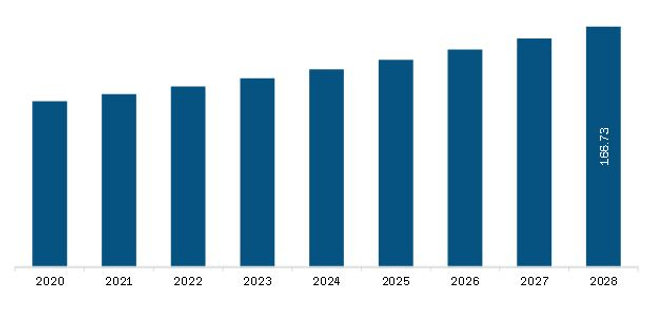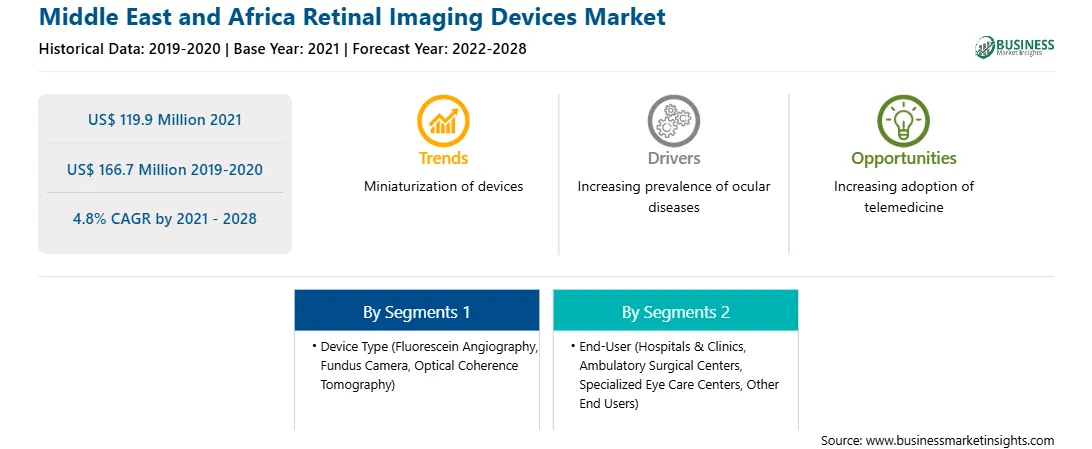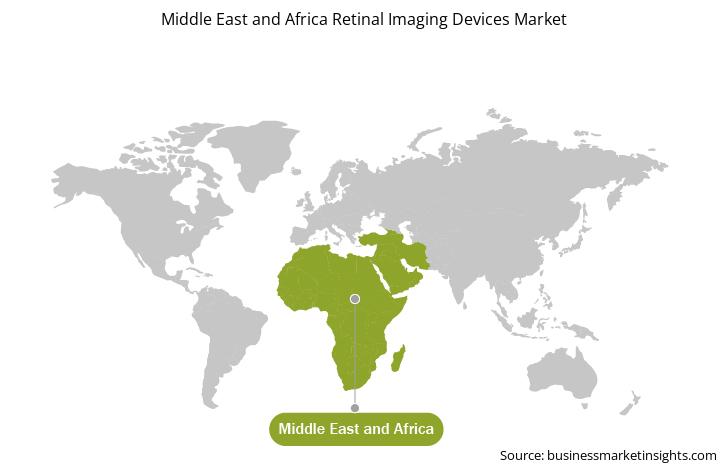Various medical devices have been integrated with artificial intelligence (AI) and are being commercialized. The ongoing trend for virtual reality (VR) and 3D imaging, nuclear imaging, and wearables is rapidly rising as well. Various companies are trying to integrate AI into retinal imaging devices. For instance, Google's DeepMind subsidiary, UCL, in collaboration with Moorfields Eye Hospital, has designed software that can identify various common eye diseases through 3D scans and assist in recommending treatments to patients. The system was launched in August 2018. It was trained on nearly 15,000 OCT scans collected from approximately 7,500 patients treated in Moorfields. Thus, the integration of AI into retinal imaging devices is likely to influence the market's growth in the near future.
The healthcare sector in the UAE has undergone a considerable number of infrastructure and procedural changes to position itself as a leading healthcare provider. These improvements have been more recently recognized throughout the COVID-19 pandemic due to the continuous investments to improve the sector's hard and soft infrastructure. However, COVID-19 is likely to continue to significantly impact healthcare operations in other countries in the near future.
Due to COVID-19, a substantial number of planned elective surgery operations were canceled or postponed. Additionally, the tightened financial condition also decreases the region's economic activities. Since the beginning of 2020, the COVID-19 pandemic has caused enormous health, social and economic impacts, which is likely to continue in 2022. Even after some of these impacts have been mitigated or contained, there will be medium and longer-term consequences. The pandemic has caused disruptions to health services worldwide and has impacted the ability of countries to address and respond to non-communicable diseases (NCDs).
Moreover, economic uncertainties and ongoing conflicts are worsening the condition in the region. For instance, countries, such as Syria, Libya, and Yemen, are suffering violent conflict and have been unable to implement any public health measures. Iran was in a deep economic recession due to the US sanctions.
With the new features and technologies, vendors can attract new customers and expand their footprints in emerging markets. This factor is likely to drive the MEA retinal imaging devices market at a significant CAGR during the forecast period.

Strategic insights for the Middle East and Africa Retinal Imaging Devices provides data-driven analysis of the industry landscape, including current trends, key players, and regional nuances. These insights offer actionable recommendations, enabling readers to differentiate themselves from competitors by identifying untapped segments or developing unique value propositions. Leveraging data analytics, these insights help industry players anticipate the market shifts, whether investors, manufacturers, or other stakeholders. A future-oriented perspective is essential, helping stakeholders anticipate market shifts and position themselves for long-term success in this dynamic region. Ultimately, effective strategic insights empower readers to make informed decisions that drive profitability and achieve their business objectives within the market.

| Report Attribute | Details |
|---|---|
| Market size in 2021 | US$ 119.9 Million |
| Market Size by 2028 | US$ 166.7 Million |
| Global CAGR (2021 - 2028) | 4.8% |
| Historical Data | 2019-2020 |
| Forecast period | 2022-2028 |
| Segments Covered |
By Device Type
|
| Regions and Countries Covered | Middle East and Africa
|
| Market leaders and key company profiles |
The geographic scope of the Middle East and Africa Retinal Imaging Devices refers to the specific areas in which a business operates and competes. Understanding local distinctions, such as diverse consumer preferences (e.g., demand for specific plug types or battery backup durations), varying economic conditions, and regulatory environments, is crucial for tailoring strategies to specific markets. Businesses can expand their reach by identifying underserved areas or adapting their offerings to meet local demands. A clear market focus allows for more effective resource allocation, targeted marketing campaigns, and better positioning against local competitors, ultimately driving growth in those targeted areas.

The Middle East and Africa Retinal Imaging Devices Market is valued at US$ 119.9 Million in 2021, it is projected to reach US$ 166.7 Million by 2028.
As per our report Middle East and Africa Retinal Imaging Devices Market, the market size is valued at US$ 119.9 Million in 2021, projecting it to reach US$ 166.7 Million by 2028. This translates to a CAGR of approximately 4.8% during the forecast period.
The Middle East and Africa Retinal Imaging Devices Market report typically cover these key segments-
The historic period, base year, and forecast period can vary slightly depending on the specific market research report. However, for the Middle East and Africa Retinal Imaging Devices Market report:
The Middle East and Africa Retinal Imaging Devices Market is populated by several key players, each contributing to its growth and innovation. Some of the major players include:
The Middle East and Africa Retinal Imaging Devices Market report is valuable for diverse stakeholders, including:
Essentially, anyone involved in or considering involvement in the Middle East and Africa Retinal Imaging Devices Market value chain can benefit from the information contained in a comprehensive market report.